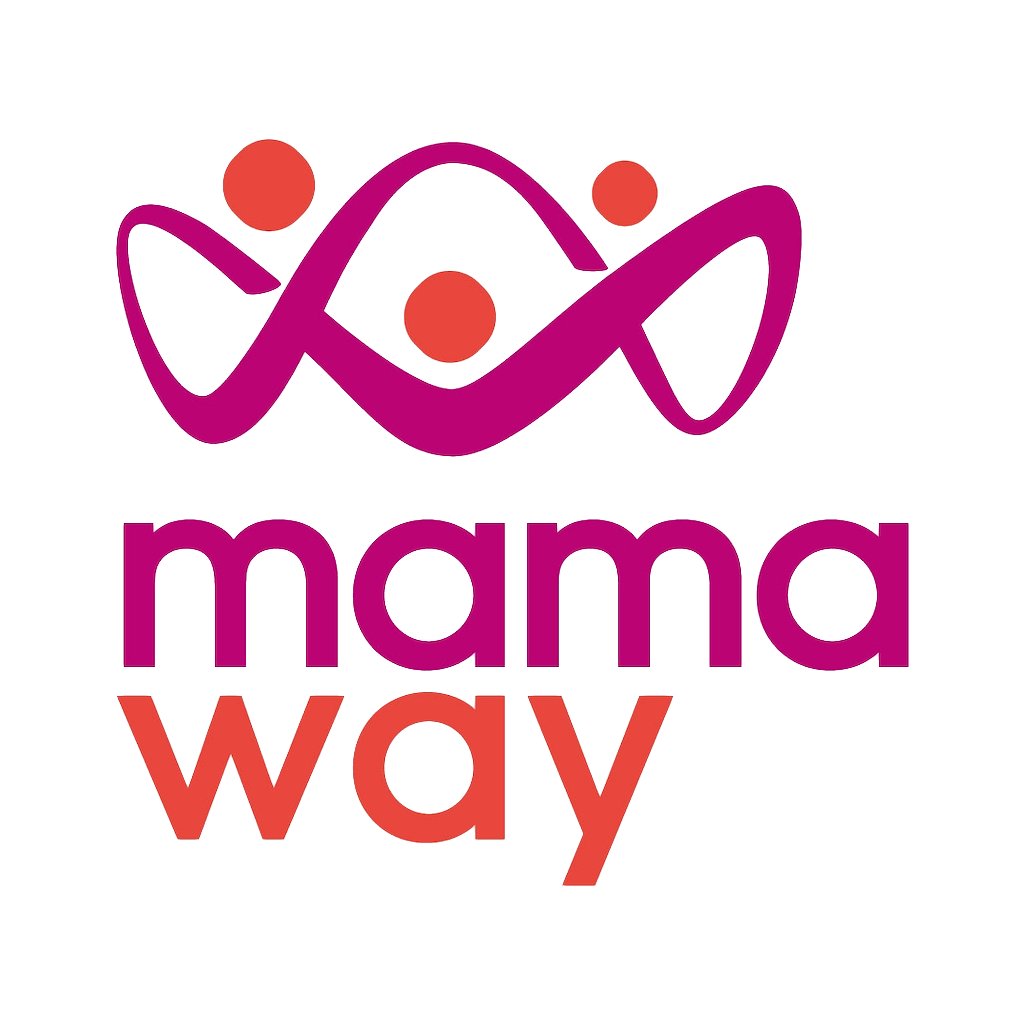2024-01-02 11:15:02
Have you ever observed how your baby’s little fingers encircle you or form fists? Or how does your child react when there is a loud noise? These and other reflexes that your baby was born with will become less obvious when they pass the 1-3 month milestone.
The First month
Your newborn’s head will initially be unsteady, and their movements will be choppy during the first month. Most of a baby’s actions at one month are still triggered by reflexes. They are not considering what they are doing. If you place anything in the palm of their hands, they will be sucking, swallowing, looking for milk, and grabbing it (although most of the time they will keep their hands curled in tight little fists).
The Second Month
Whether lying on his or her stomach or being held by you, your baby will be able to lift their head and chest. Your baby can take hold of something you offer and grip on tightly for a short while. Your babies will be aware of their hands and fingers by the time they are two months old. Even if they don’t yet know how to let go, they will hold their hands open and grip something. They might also join their hands in a clasp. Babies will begin to learn how to coordinate their movements around the two-month mark.
The Third Month
Your baby will be able to kick his or her legs and lift his or her head at a 45-degree angle. Your infant enjoys sucking on fingers and thumbs and grasping things. They have achieved a variety of developmental milestones, including the ability to track objects with their eyes, reach and grab objects, and push up with their arms when they are on their stomachs.
The first three months of a baby’s life are a time of rapid growth and development. Here are some of the key milestones and developments that occur during this time:
- Physical development: During the first three months, a baby’s physical growth is rapid. They will likely gain weight and grow in length. They will also start to develop better head control and be able to lift their head briefly while lying on their stomach.
- Cognitive development: In the first three months, babies are learning to recognize faces and voices, and they may start to respond to their caregivers with coos or smiles. They may also start to develop a sense of cause and effect, such as realizing that crying can bring attention from a caregiver.
- Sensory development: Babies’ sensory development is also rapidly developing during this time. They may start to show more interest in their surroundings and become more responsive to different sounds, sights, and textures.
- Sleeping and eating patterns: During the first three months, babies typically need to eat every 2-3 hours and will sleep for most of the day. However, they may start to develop more regular sleep patterns and eat larger amounts as they grow.
- Motor development: While babies are still developing their gross motor skills, such as holding their head up and rolling over, they may also start to develop fine motor skills during the first three months. For example, they may start to grasp objects and bring them to their mouths.
- Social and emotional development: During the first three months, babies start to develop an attachment to their caregivers and may become more responsive to them. They may also start to show a wider range of emotions, such as happiness, sadness, and frustration.
Overall, the first three months of a baby’s life are a time of significant growth and development, with a variety of physical, cognitive, sensory, and social milestones. It is important for caregivers to provide a safe and nurturing environment to support the baby’s development and help them reach their full potential.


Leave a Reply